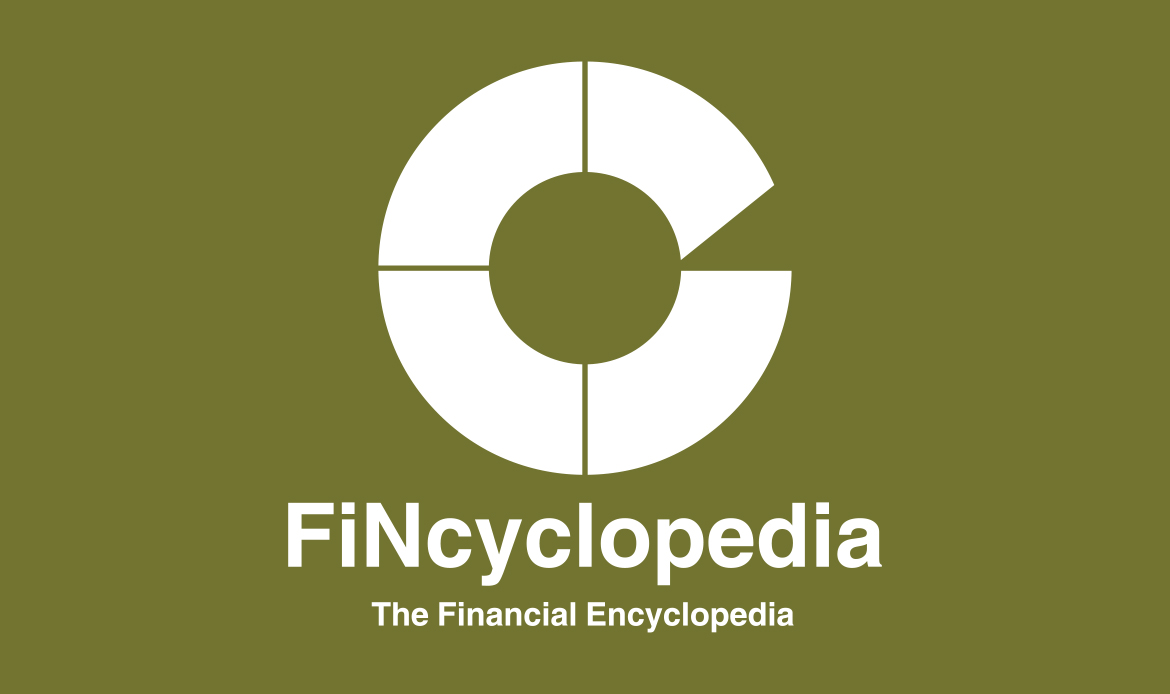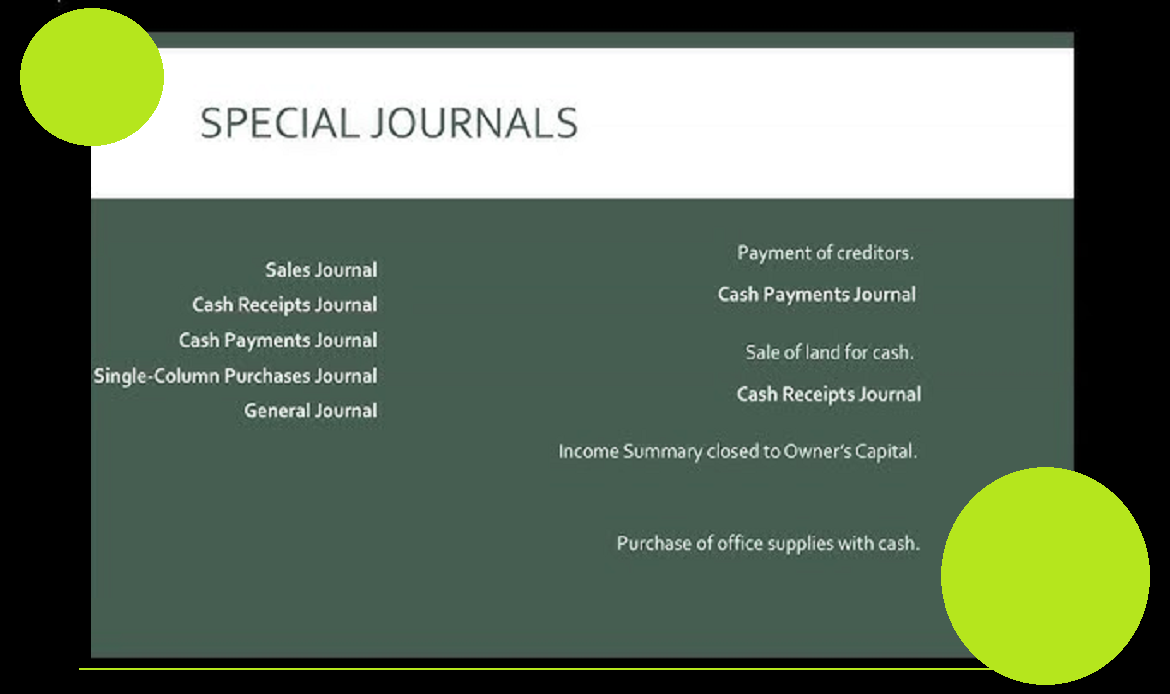A pricing method that derives the current value of a partially depreciated long-lived asset indirectly from the cost of a reference asset (the replacement asset).
The price derived is known as a replacement cost: the replacement cost of an asset is the cost that entity (broadly, the user) has to incur in order to replace the asset with another resource that can bring about the same or better economic benefits at the same cost or a lower cost, under normal conditions. It is the market price of another asset with equal economic benefits at the present time. Replacement doesn’t mean that the same asset would be procured, but rather the same future economic benefits (or value in use).






